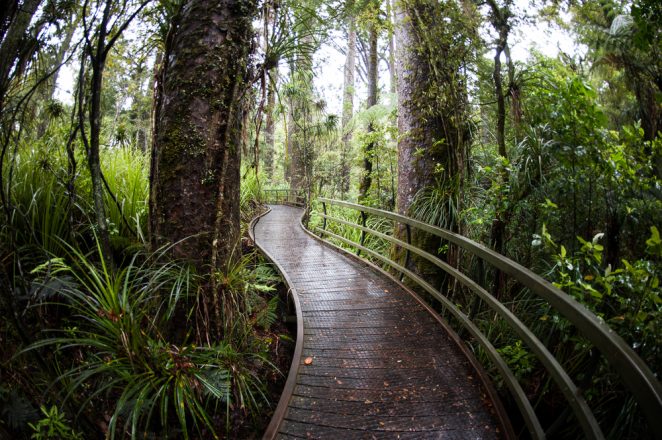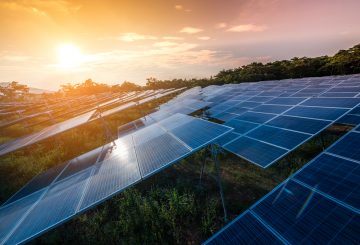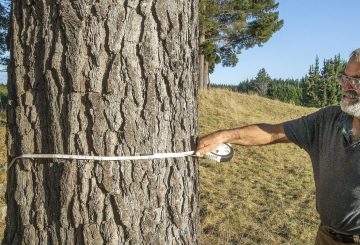Bộ trưởng Bộ Bảo tồn Kiri Allan nói rằng Chính phủ đang bày ra để giúp các công việc quan trọng để bảo vệ các khu rừng kauri đáng kể trên toàn quốc ở Auckland.
Kiri Allan nói: “Đảm bảo sự tồn tại của những cây mang tính biểu tượng này cho các thế hệ tương lai có nghĩa là làm mọi thứ chúng ta có thể để ngăn ngừa sự lây lan tiềm ẩn của bệnh thoái hóa kauri”.
“Nhưng trước khi đóng cửa công viên cấp 4 mới nhất trong khu vực để ngăn chặn sự lây lan vô ý thấy số lượng người ra vào các khu vực khác tăng lên và điều đó cũng có tác động.
“Dự án chúng tôi đang ủng hộ, với một khoản tăng $1.9 triệu kinh phí thông qua Jobs for Nature, là một phần mở rộng của chương trình kauri dieback khu vực hiện tại của Hội đồng Auckland trong Waitakeres.
“Nó đang được lãnh đạo bởi Hội đồng Auckland với sự hỗ trợ từ Te Kawerau ā Maki và dự kiến sẽ tuyển dụng 12 người trong khoảng thời gian hai năm.
“Công việc được thực hiện bao gồm nâng cấp một số bài hát trong các khu vực kauri để cho phép họ mở lại, cùng với công việc bảo trì trên đường ray trong các khu vực bị ảnh hưởng bởi việc sử dụng giải trí cao hơn.
“Có người giữ lối đi và lối đi dạo có nghĩa là ít thiệt hại cho rễ cây nhạy cảm và ngăn chặn sự di chuyển của đất bị ô nhiễm, đảm bảo sự bảo vệ tốt nhất có thể của kauri tuyệt vời của chúng tôi trong khi cũng cung cấp các cơ hội giải trí không gian xanh ở thành phố lớn nhất New Zealand.
Kiri Allan nói: “Sáng kiến này sẽ không chỉ giúp cộng đồng địa phương ra khỏi môi trường tự nhiên mà không có nguy cơ gây hại cho hệ thực vật bản địa đang bị đe dọa mà còn tạo ra việc làm trong các cộng đồng thực sự cần họ, một phần cốt lõi trong kế hoạch phục hồi của chúng tôi khi chúng tôi đặt nền móng cho tương lai hậu Covid”.
Phó Bộ trưởng Môi trường James Shaw cho biết rừng Kauri của chúng tôi là một taonga vô cùng quan trọng đối với Aotearoa New Zealand. “Thông báo hôm nay sẽ mở rộng công việc của Hội đồng Auckland để giúp đảm bảo những cây đặc biệt này vẫn đứng vững, khỏe mạnh và mạnh mẽ,” ông nói.
(Với đầu vào từ thông cáo báo chí của Chính phủ New Zealand)





























































